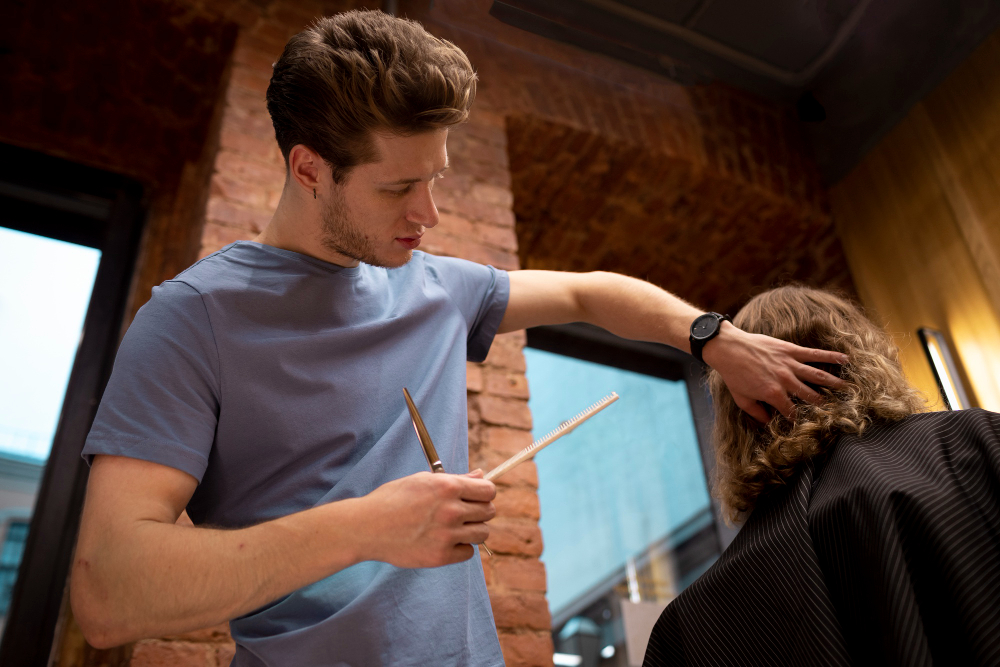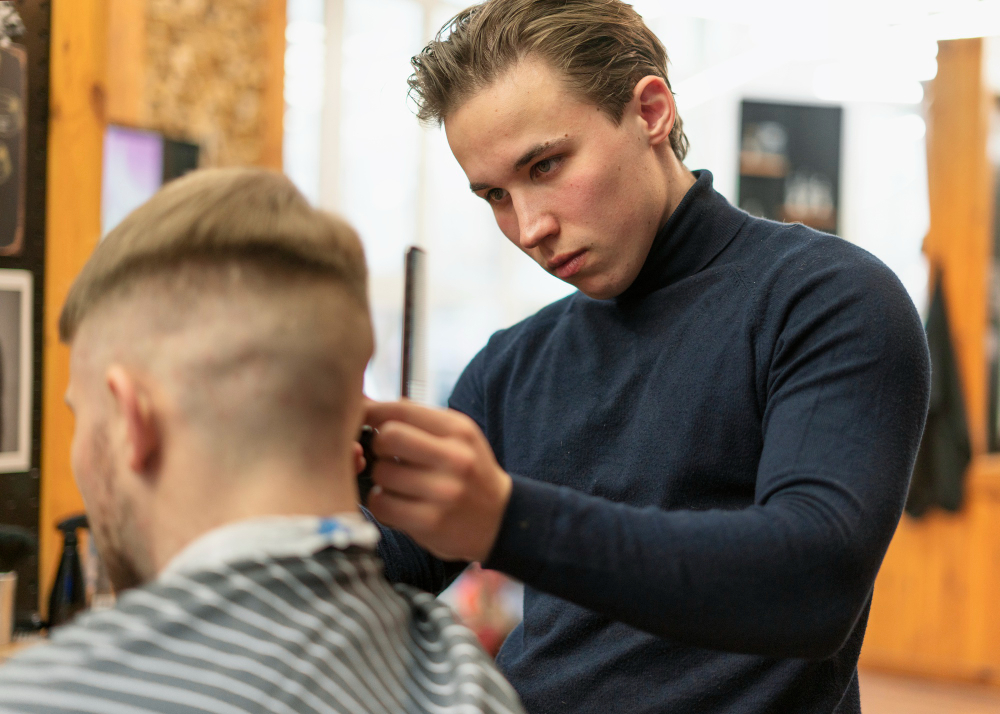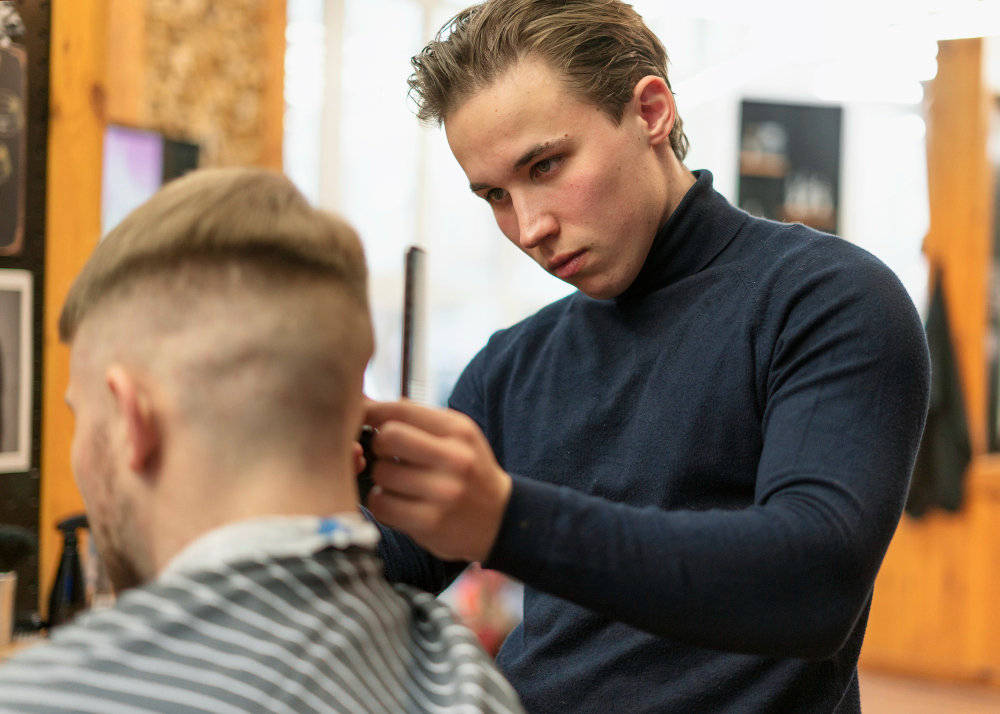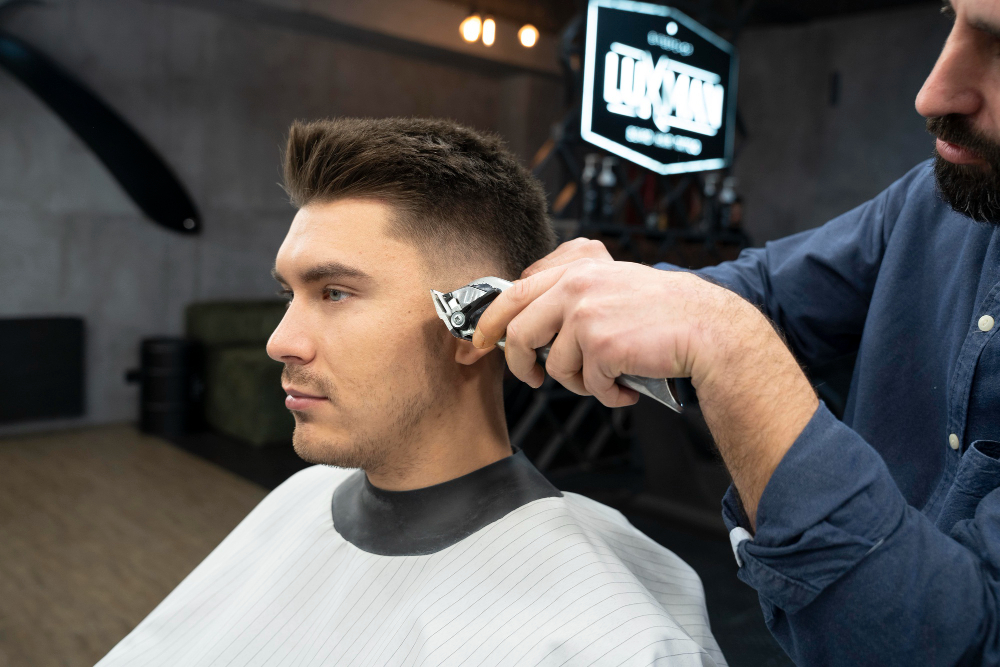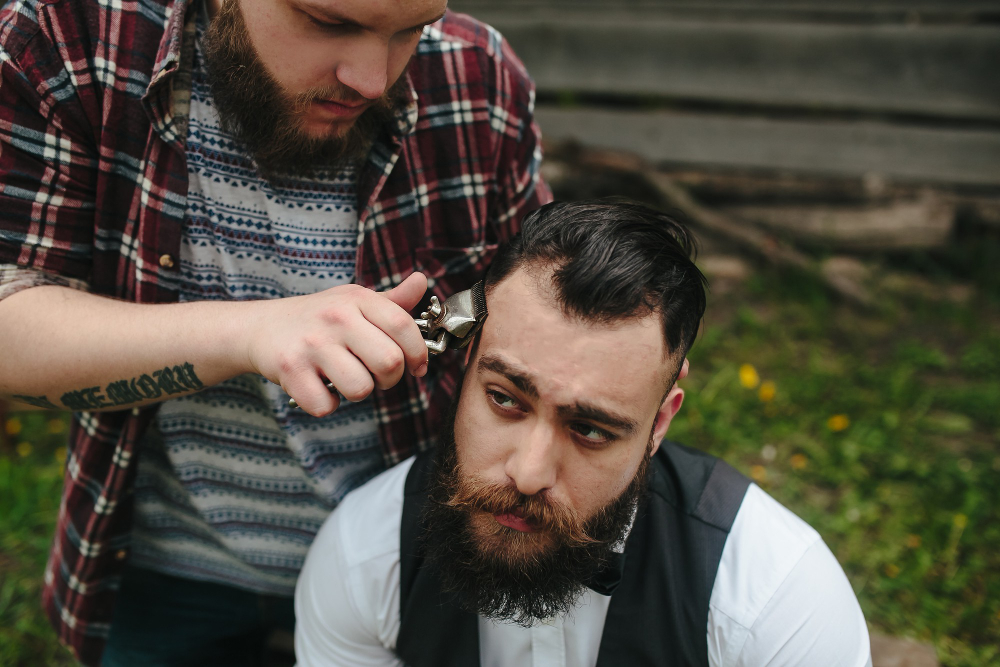Let’s talk real men’s style. If your outfit is nice but your hair looks messy, your whole look feels incomplete. Your haircut is like the frame of your face. When it looks sharp, clean, and stylish, your confidence automatically goes up. That’s why choosing the right haircut designs for men and the perfect color hair for men matters more than most guys think.
So, if you want to look more stylish, modern, and confident, this guide is for you.
Why Hair Matters More Than You Think
Hair as a Style Statement
Your haircut speaks before you do. Clean edges, fresh fades, and smart styles tell people you take care of yourself. That first impression? Your hair powers it.
Confidence Starts From the Mirror
Ever noticed how good you feel after a fresh haircut? That boost is real. When your hair looks good, your body language changes. You walk taller, smile more, and feel unstoppable.
Most Popular Haircut Designs for Men
When it comes to haircut designs for men, some styles never go out of fashion.
Fade Haircuts
Fade haircuts are clean, modern, and extremely versatile.
Low Fade
A soft, neat fade that works perfectly for professional and casual looks.
Mid Fade
The most balanced option. Sharp but not over the top.
High Fade
Bold and confident. Perfect for street-style and trendy looks.
Undercut Styles
The undercut keeps the sides short with longer hair on top, creating contrast.
Classic Undercut
Simple, clean, and very stylish.
Disconnected Undercut
A sharper, more dramatic version for bold personalities.
Textured Crop Haircut
Messy on purpose, but stylish in execution. This haircut gives volume and natural movement, perfect for thick or straight hair.
Pompadour Haircut
If you want a powerful and classy vibe, the pompadour delivers. High volume, slick styling, and serious confidence.
Buzz Cut with Designs
Short hair, big impact. Add razor line designs to make your buzz cut unique and stylish.
Comb Over with Hard Part
This look is clean, sharp, and very professional. The “hard part” line adds definition and style.
Creative Haircut Designs for Men
If you want to stand out, creative haircut designs for men are the way to go.
Line Designs and Hair Tattoos
Barbers can shave artistic patterns into faded hair. Zig-zags, lightning bolts, stars, and abstract lines give your style a personal touch.
Curved and V-Shaped Neck Designs
A sharp neckline makes your haircut look premium and custom-built just for you.
Best Choices for Color Hair for Men
Let’s talk about color hair for men. Hair color is no longer just for older people hiding greys. It’s now a major fashion trend.
Natural Hair Color for Men
Black Shades
Soft black gives a clean, polished, and masculine appearance.
Brown Tones
Light and dark brown shades add warmth and depth to your look.
Bold and Modern Hair Colors
Ash Grey
This color gives a mature, stylish, and confident appearance.
Platinum Blonde
A fearless and eye-catching look that screams confidence.
Silver White
A premium fashion-forward color that looks ultra-stylish.
Trendy Hair Highlights for Men
Caramel
Adds shine and texture without being too flashy.
Honey Blonde
Warm, modern, and very stylish under sunlight.
Smoky Blue
Subtle but creative. Perfect if you want a unique vibe.
How to Choose the Right Style
According to Face Shape
Round faces look better with fades and volume on top. Square faces suit undercuts and structured styles. Oval faces are lucky because most styles work on them.
According to Skin Tone
Warm skin tones match well with golden blondes and browns. Cooler skin tones look great with ash, silver, and grey shades.
According to Lifestyle
If you work in an office, classic styles like a comb over and low fades are perfect. If you’re creative, bold haircut designs for men and unique color hair for men can reflect your personality.
How to Maintain Hairstyle and Hair Color
Daily Hair Routine
Use a gentle shampoo. Don’t wash your hair every day. Apply hair serum or light oil for shine.
Products for Colored Hair
Always use color-protect shampoo and conditioner. Purple shampoo is great for blonde and silver tones.
Barber Visit Frequency
To keep your style sharp, visit your barber every 2 to 3 weeks.
Common Hair Styling Mistakes Men Make
Many men copy celebrity hairstyles without thinking about their face shape. Others choose the wrong color hair for men that doesn’t match their skin tone. Avoid these mistakes by getting professional advice.
How Haircuts and Hair Colors Boost Confidence
A good haircut and the right hair color change how you feel about yourself. You become more confident, social, and expressive. Your hair becomes your silent power.
Final Thoughts
Choosing the right haircut designs for men and the perfect color hair for men is not about following trends. It’s about finding a style that makes you feel confident, comfortable, and powerful. When your hair matches your personality, your confidence naturally shines.
FAQs
Which haircut designs for men are most popular?
Fade cuts, undercuts, pompadour, textured crops, and buzz cuts with line designs are highly popular.
What is the best color of hair for men?
Natural browns, ash grey, platinum blonde, and caramel highlights work best depending on skin tone.
Do hair designs really make a difference?
Yes, creative haircut designs for men add personality and a unique style.
How often should men color their hair?
Every 4–6 weeks to maintain fresh color and avoid fading.
Can hair color improve confidence?
Absolutely. The right color hair for men enhances facial features and boosts self-confidence.


